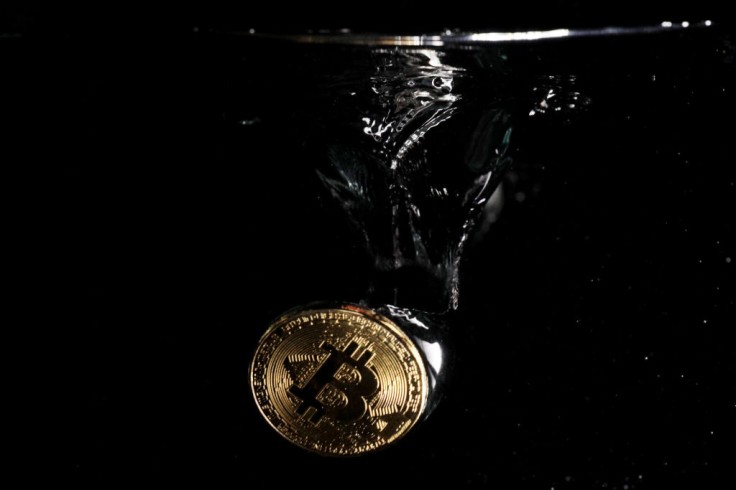Bitcoin's supply may experience its "halving" as soon as this week, turning a bearish cryptocurrency market into further chaos amid rapid inflation and economic pains from a slower job market.
"Halving" refers to the periodic decline in the bitcoin value given to crypto miners, those who discover new blockchain coins, further extending the time the digital currency has before it reaches its limit of 21 million bitcoins.

The event also artificially creates scarcity in bitcoin supply, further raising its purchasing value, and making it harder for crypto miners to sell their new blockchain supply.
Crypto experts estimated that the upcoming "halving" will slash down bitcoin supply mined from 6.25 BTC to 3.125 BTC.
The last Bitcoin "halving" occurred in May 2020, while the next after this year's event may happen sometime in 2028.
Bitcoin Trade Slows Down Folling SEC Regulation
While the event is scheduled to occur every four years, this time's "halving" comes in during a precarious period as bitcoin is just starting to recover after last year's "Crypto Winter."
Its official rollout under the US Securities and Exchange Commission has temporarily boosted its market size but that trading volume, making it more difficult to trade for the cryptocurrency.
It did not help that the looming "halving" has sparked a huge market rally for many bitcoin owners, recording a $70,000 value after last month's rally.
So far, experts and analysts have yet to see a significant slowdown in bitcoin trades as more crypto hedge funds have popped up recently to drive up demand for the digital currency.
Cryptocurrency businesses have earlier predicted that the value of bitcoin could grow up to $100,000 by the end of the year if the trend continues.
Related Article : Bitcoin Could Hit $100,00 by Year-End 2024 - Crypto Execs
Bitcoin Mining Would Require More Energy in the Future
While the growing market for Bitcoin may be beneficial for those running their own crypto businesses, the booming market for digital currency is taking a toll on environmental resources.
As crypto miners upgrade their computers and hardware to compete with other miners on getting bitcoins faster, the power needed to supply such operations is also increasing.
In a sense, many top crypto companies are now competing with AI firms in the amount of electricity consumed to continuously operate their data centers.
Its impact is more notable as many of these data centers rely on fossil fuels to power the computers as renewable energy sources cannot meet the demand for the electricity in these facilities.









